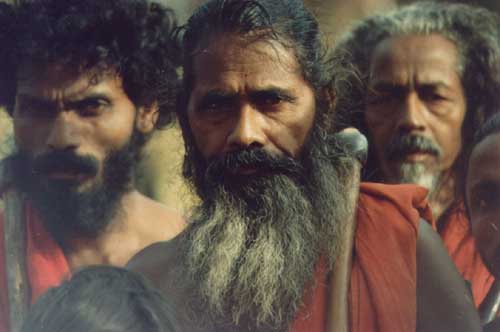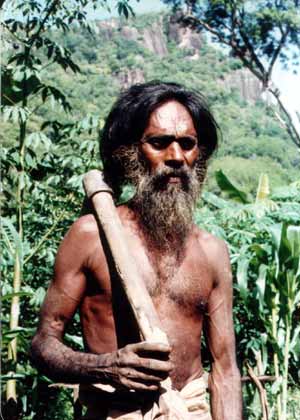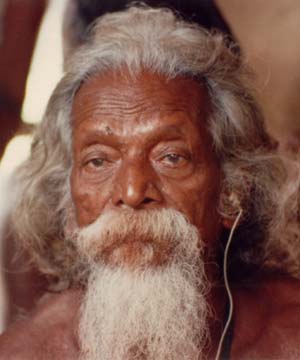there seems to be a common misconception about "Teal/CHG ", WHG, ENF, or all these components we speak of for that matter e.g. I hear it said that "Teal has alot of ANE", or "(Karelia/Samara) EHG already had Teal" etc.
My understanding is that there is no "ANE in Teal", but rather MA-1, the model ANEer, had a large component of Teal. Teal is just a pattern of allele frequencies found in Eurasia, as with all these other "populations"/components we speak of.
So (Karelia/Samara) EHG didn't have "Teal and ANE", but rather EHG had ANE, part of which includes the Teal component, because it came along with other ANE components. Because of this we would assume an "ANE" Teal origin rather than a CHG in this case.
This is of course all dependent on what we're comparing to, and what we're calling everything.
This is why the more ancient samples (MA-1, Kostenki, and Ust-Ishim) contain several of these components in large chunks. They're upstream closer to the Basal Eurasian roots which should have carried a piece of all of these components.





